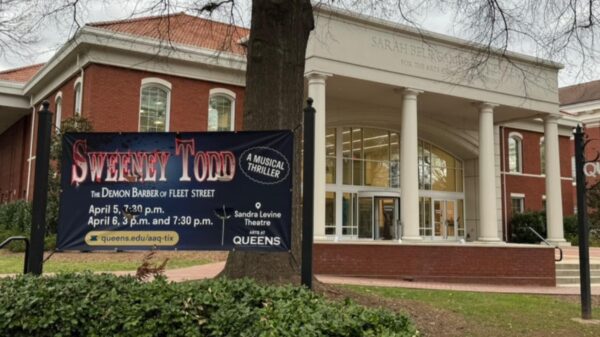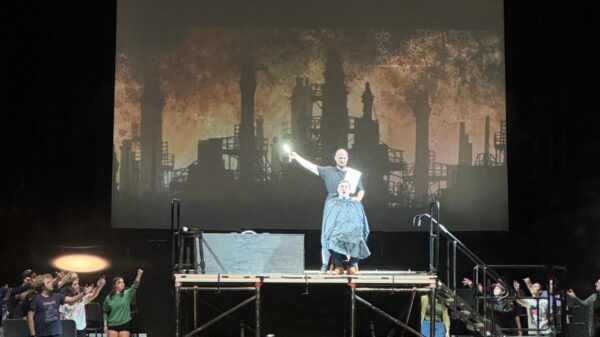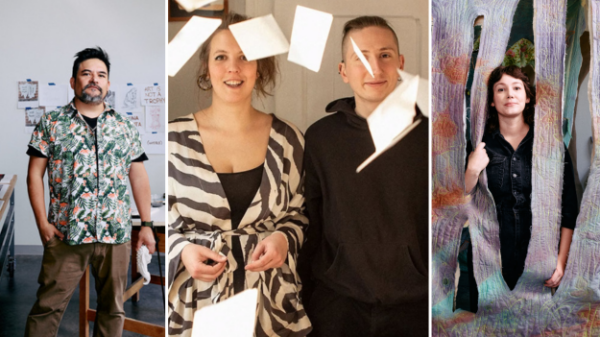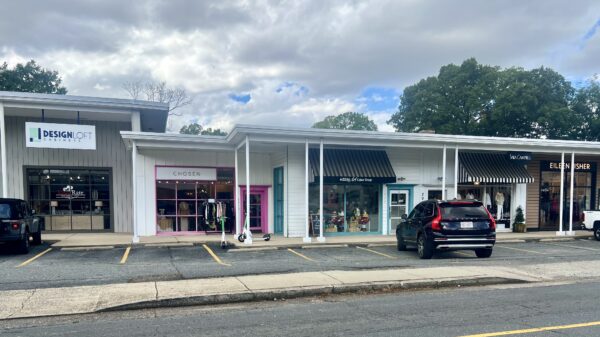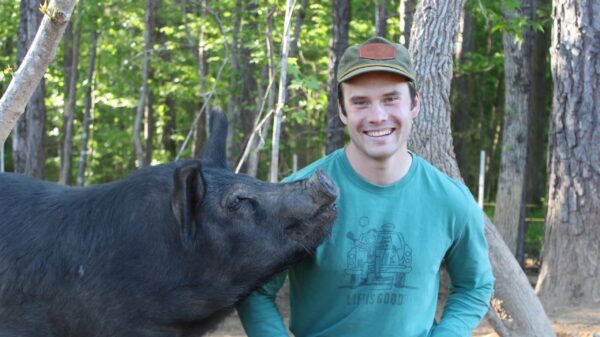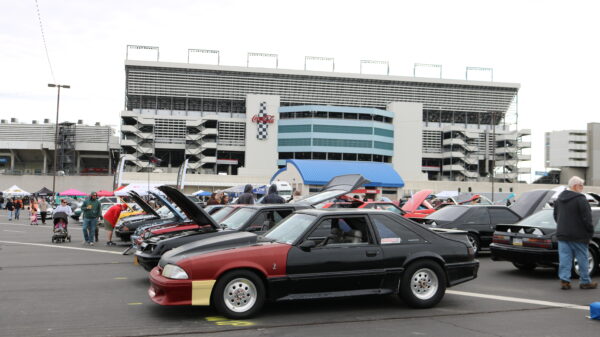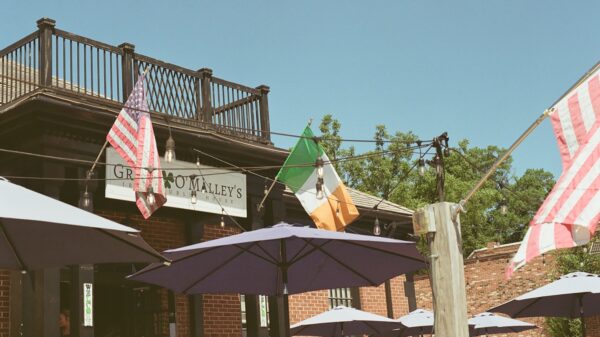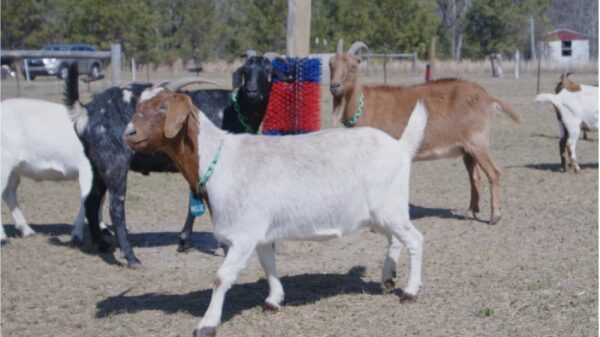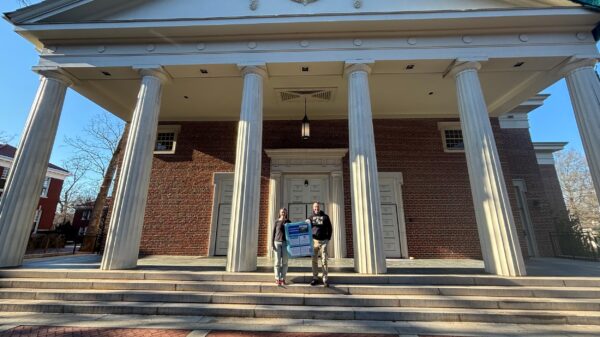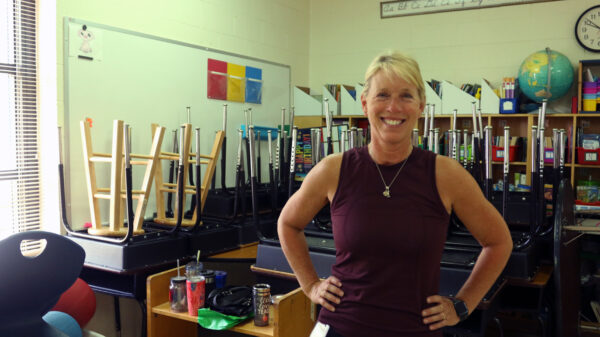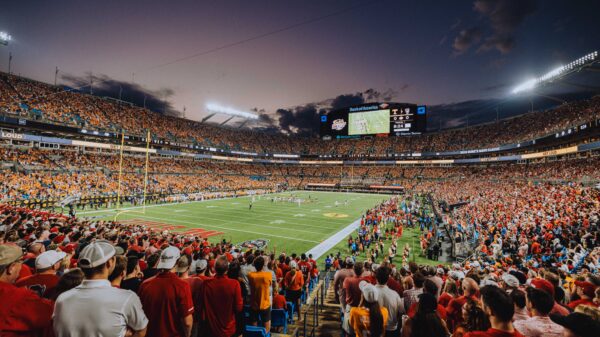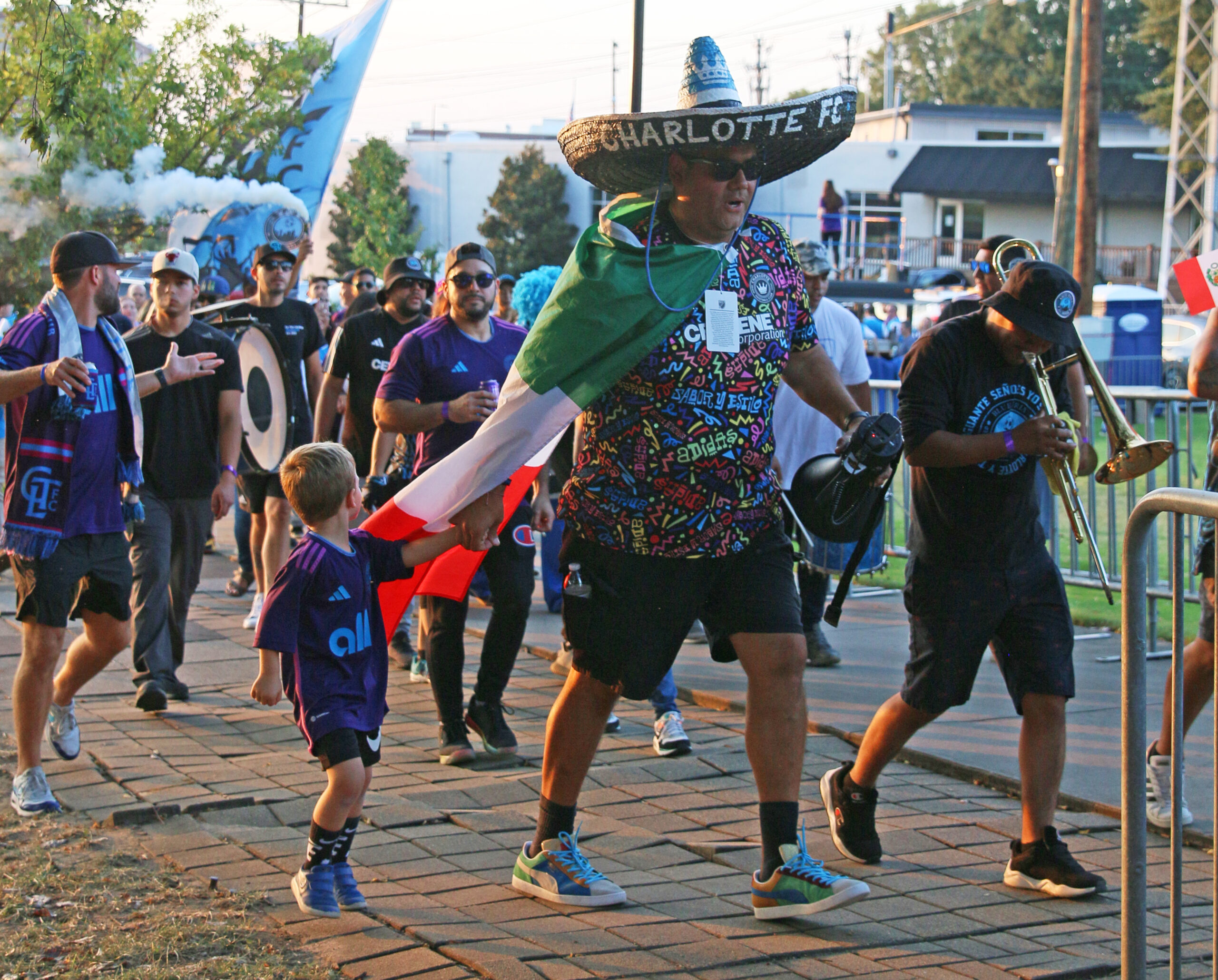Hosting Inter Miami on Saturday, Oct. 21 – the team that signed what may be the greatest fútbol player since Pelé – presents Charlotte FC with the opportunity to expand on an already-thriving relationship with Latino and Hispanic communities.
Regardless of whether artificial turf, injury, or World Cup qualifying games prevent Lionel Messi from playing in this season closer for both teams, the event will draw fans from all walks of life.
Miami is almost 70% Latino and Hispanic, the highest percentage for a U.S. city. Mecklenburg County’s percentage is about 14%. Will this game show growth among fans and youth programs in Charlotte’s Latino community?
The number of Carolinas youth soccer camps has doubled in the last year, according to Dustin Swinehart, director of community engagement for Charlotte FC. In addition to Blue Furia, the oldest Latino/Hispanic supporter group, Southbound & Crown and Carolina Hooliganz are largely Hispanic and Latino. And all the supporter groups are inclusive.
“It’s been such a big part of the cultural DNA for a lot of the Hispanic families and what they grew up with,” Swinehart said. “It’s like, ‘this is what we did on the weekends.’ It’s not like we’re introducing soccer to this community of people. This is just a chance for them to access it and experience it and celebrate it closer to home.”

Photo by Hannah Jane Tracy
Building Partnerships
Charlotte FC partners with organizations including Charlotte Mecklenburg Schools, Levine Children’s Hospital, the Special Olympics and GiGi’s Playhouse, Swinehart said, to reach out to youth and bring the game to a younger generation.
“We built what we call the Youth Club Network,” Swinehart said. “So we’d have youth clubs of different tiers of partnerships with probably 35 different youth soccer clubs across the Carolinas.”
The club’s goal is five million minutes of active soccer play created each year in camps, clinics and outreach programs in the Carolinas, which equates to 83,000 hours. The club has programs in 32 elementary schools enrolling about 800 kids, Swinehart said, where students get two days of hour-long practices and coaching.
Charlotte FC employs a Spanish-speaking communications coordinator, Karely Avila, who focuses on Latino and Hispanic communities. In Hispanic Heritage Month, ranging from Sept. 15 through Oct. 15, Charlotte FC scheduled events, sports clinics, and art exhibitions and commissions. The club partners with both the Latin American Coalition and the Latin American Chamber of Commerce, and in a recent television interview, Avila described the culture as supporting football, family, food and fun.

Photo by Hannah Jane Tracy
The Culture of Supporter Groups
Héctor Cortés, better known as “Sombrero Man,” did not know there were so many Hispanics and Latinos in the Charlotte area. “But now with this soccer team we are coming out everywhere supporting this team and we love it with all our heart,” Cortés said in a recent interview in Spanish.
While Cortés and the rest of the Blue Furia supporter group are making noise and joy in the stands at soccer games, they are also making an impact in the community.
“There are also other fan groups, and ours too, Blue Furia, that do social events in which they help paint benches and also help the team with the construction of new smaller soccer fields,” Cortés said. “So, we are involved in the community and try to support the community as well, apart from how we support the team as much as we can.”
In Latin America, passionate – some might say fanatical – soccer fan groups are sometimes called “barras,” gangs that can create violence, and are compared to hooligans or ultras in Europe. Groups supporting Charlotte FC are required to sign a code of conduct, and Major League Soccer also requires a code of conduct for all fans.

Photo by Hannah Jane Tracy
Fútbol and Childhood in Latin America
Cortés grew up in Guadalajara and went to fútbol games at Jalisco Stadium to cheer for CD Guadalajara, also called the Chivas.
“I love all sports, any kind of sport, American football, soccer, tennis, any sport,” Cortés said. “Since we were kids, I remember being 5 or 7 years old and starting to play on a dirt field, on a field where there was no grass and all we had was a ball. So with that you have fun. I think now when we come to the games it reminds us of something from our childhood.
“So we try to relive it and the way to relive it, as we are a little older and we can’t run or do other sports, we come to support the team as much as we can.”
Students Axel Horrocks, Ashton Martin and Hannah Jane Tracy contributed to this story.
-
Casey Osiecki of New Bern, North Carolina, is a 2024 graduate of the James L. Knight School of Communication at Queens University of Charlotte. Casey was also a member of the Queens golf team.
View all posts

